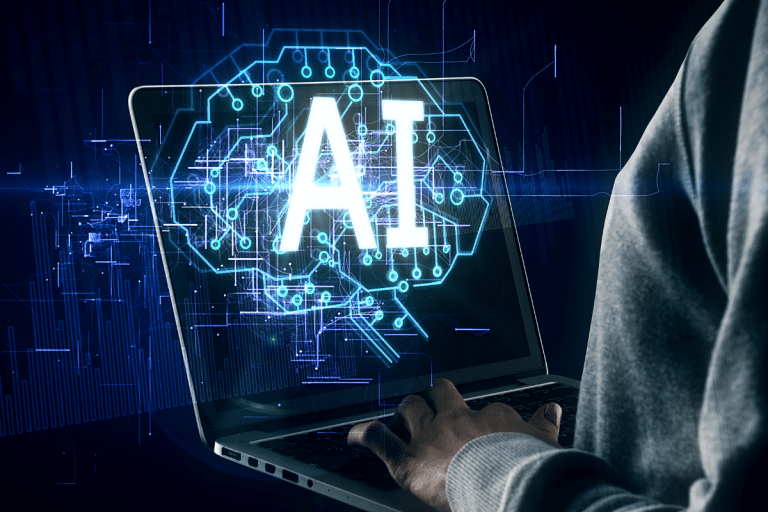Indian techies are reportedly chased with new job offerings and fancy salary packages by tech giants as India is seen as a fertile ground to poach for engineers to build their own AI engine projects.
The hiring frenzy comes as work in artificial intelligence – or AI – is increasingly getting touted as the most coveted experience on the planet after OpenAI demonstrated the breakthroughs of ChatGPT.
The AI hiring frenzy is also ricocheting around the world – from Silicon Valley to Europe, Asia and beyond – as tech giants like Google and Baidu Inc. dangle top-notch packages for the engineers to build their own AI engines, Bloomberg reported.
Companies in almost every other field — from health care and finance to entertainment — are staffing up too, to avoid getting blindsided by shifts in their industries.
India, the country of 1.4 billion people, has long been the back office for the tech industry, a source of reinforcements for any emergency.
But now even the world’s most populous nation is running out of the data scientists, machine-learning specialists and skilled engineers that companies are looking for.
There’s an “insatiable need for talent,” the report quoted Rahul Shah, co-founder of WalkWater Talent Advisors, a headhunter for top-level workers, as saying.
“AI can’t be outsourced, it’s core to the organization.”
Recruitment stories verge on the absurd. In one search Shah’s firm just handled, the new employer more than doubled a candidate’s pay.
Freedom Dumlao, chief technology officer of Flexcar, interviewed one engineer who said a rival suitor had offered him a BMW motorcycle as a sign-on bonus. “That’s a line I’m not comfortable approaching,” Dumlao said.
India’s tech industry is built on a plentiful supply of affordable workers. Companies like Tata Consultancy Services Ltd. invented the model for modern outsourcing, in which Western companies tap engineers halfway around the world to handle support, services and software, typically at a fraction of the cost of local workers.
There are now more than five million people employed in tech services in India, according to the trade group Nasscom.
Powerhouses like Google, Microsoft Corp. and Amazon.com Inc. set up their own operations in India, hiring locals by the thousands. Google, now part of Alphabet Inc. started with five employees in the country in 2004 and now employs nearly 10,000.
But this seemingly endless supply of labor is running short in critical fields. There are about 416,000 people working in AI and data science in the country —- and demand for another 213,000, according to Nasscom’s estimates.
“The proportion of unfilled job roles is approximately 51 percent of the current installed talent base,” it said in a February report, flagging the crunch as a risk to growth.
It’s likely to get worse. India added 66 tech innovation centers, so-called global capability centers or captives, last year taking the total to nearly 1,600.
These GCCs that used to handle tasks like IT support and customer support have morphed into in-house centers for business-critical technology — like AI.
In the first three months of 2023, asset manager AllianceBernstein Holding LP, car rental company Avis Budget Group Inc., entertainment conglomerate Warner Bros. Discovery Inc. and aircraft engine maker Pratt & Whitney set up R&D hubs in Bangalore, joining the likes of Goldman Sachs Group Inc. and Walmart Inc.
“ChatGPT has driven the larger domain of artificial intelligence out of stealth mode,” said Vikram Ahuja, co-founder of ANSR Consulting, which helps design and establish technology centers for corporations.
Last year, Dallas-headquartered ANSR set up 18 such captives in India; Ahuja expects that number to hit 25 this year. “Many enterprises which have India captives are accelerating their AI road map to derive a competitive edge.”
India has the second largest pool of highly-skilled AI, machine learning and big data talent, according to the February report by Nasscom, after the US.
It produces 16 percent of the world’s AI talent pool, placing it among the top three talent markets with the US and China.








